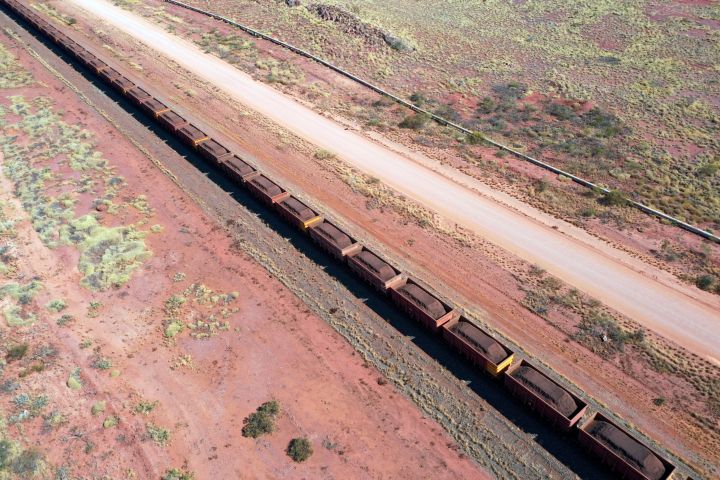Business Maverick
Challenge for world’s biggest robot trains is going electric

The Rio Tinto Group is preparing for trials of battery-powered locomotives in Australia, where it uses giant autonomous trains — the world’s largest and longest robots — to transport iron ore across the vast Outback.
Converting its 2.5km long trains to electric would help trim the producer’s use of diesel, a key source of its industrial pollution, and help spur efforts to cut direct greenhouse gas emissions 50% by 2030.
Each so-called consist — a combination of typically three locomotives and 240 cars — can carry about 28,000 tons of iron ore, equivalent to more than $3.2-million (R60.75-million) of cargo at current prices. Since 2018, the vast majority of journeys across Rio’s 1,900km rail network in Western Australia’s Pilbara region have been completed without human drivers.
Tests with four Wabtec Corp. electric locomotives will begin in 2025 and are aimed at driving improvements that would help make the technology viable, according to Richard Cohen, managing director for the iron ore unit’s rail, port and core services.
“It’s about us helping the manufacturers and the developers get to a solution that suits us —because if we don’t run in, no one will do it,” Cohen said Thursday at Rio’s rail maintenance hub outside Karratha. “We will learn a lot about batteries in the Pilbara, about batteries on a train.”
The trial locomotives — which will need drivers — have about 7.5 megawatt hours of energy capacity, compared to around 13 megawatt hours for Rio’s existing diesel-powered fleet. Lifting battery density to the required specifications remains a challenge for the sector, Cohen said.
Rio uses about 1.3 billion litres of diesel a year as a fuel for mining equipment, trucks and trains, accounting for about 13% of total direct emissions, according to company filings. Experiments with smaller, battery-powered haul trucks used in mines will begin at the Pilbara from next year.
The $940-million programme to deploy autonomous trains — which initially struggled with delays and cost overruns — has delivered benefits, Cohen said.
Robot trains have improved speed and capacity, cutting about two hours from a typical 40-hour rail journey from a mine to port and back again by eliminating the need to stop and change drivers each time they’ve completed a 12-hour shift.
















Comments - Please login in order to comment.